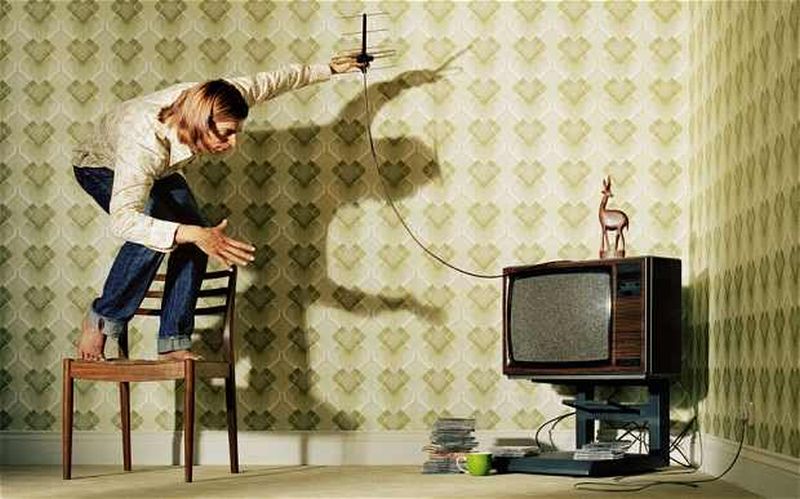Diagnosing the problem will help you come to the solution when fixing your TV reception. Hundreds of thousands of households throughout the world experience weak signals every single day.
This is the ultimate experience killer when it comes to home entertainment. Being unable to watch your favorite shows and movies from the comfort of your own home is only possible through reception problems.
But it’s hard to pinpoint the exact cause for them, so you’ll need to be doing some diagnostics.
In this article, we are going to give you our tips on how to diagnose and fix your TV reception. Don’t go anywhere as this article might be useful to you.
1. Check The Connection
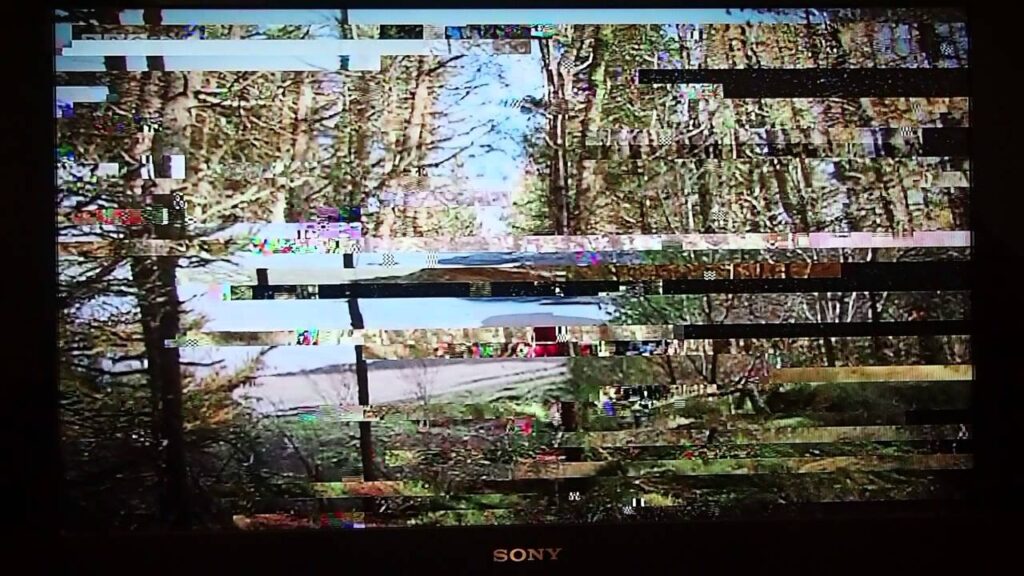
The first diagnosis we do is check the connection and see whether it’s properly connected to our device. This is the most common problem when it comes to bad TV reception, and you’ll save a lot of time if this is the actual problem, says www.tv-aerials-uk.co.uk
But in some cases, the connection is fine and something else is the problem. If that’s the case, then you’ll need to go deeper and check the rest of your equipment.
2. Check the Equipment
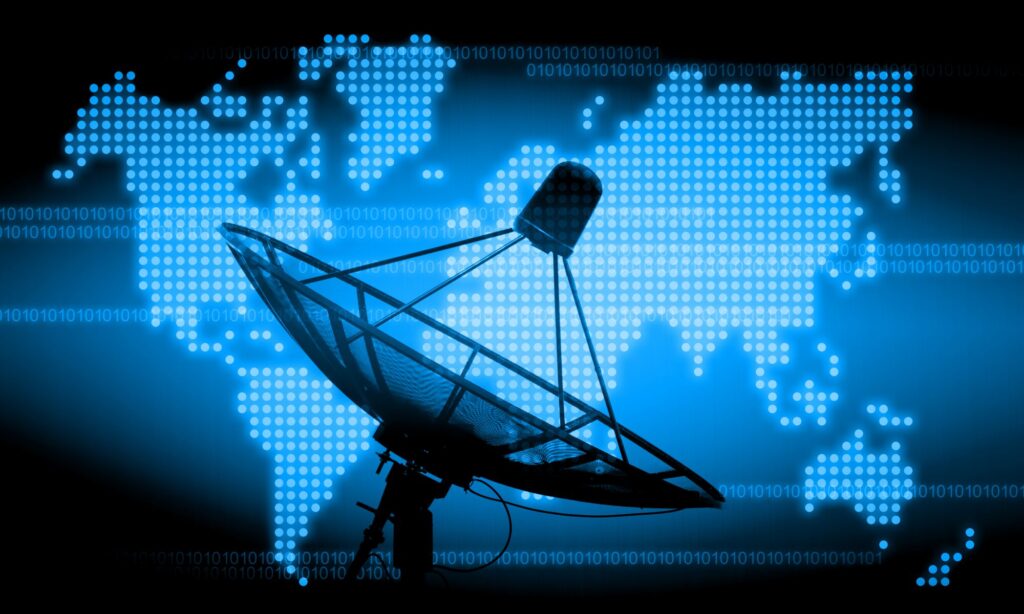
Satellite TV isn’t perfect. The occurring problems can be a real pain in the back when it comes to fixing. Luckily for you, there are a few ways you can make sure that the equipment is A-Okay.
Most of your satellite TV consists of an antenna, cables, a box receiver, and a signal booster. Each one of these can be faulty or end up broken at some point.
• Antenna
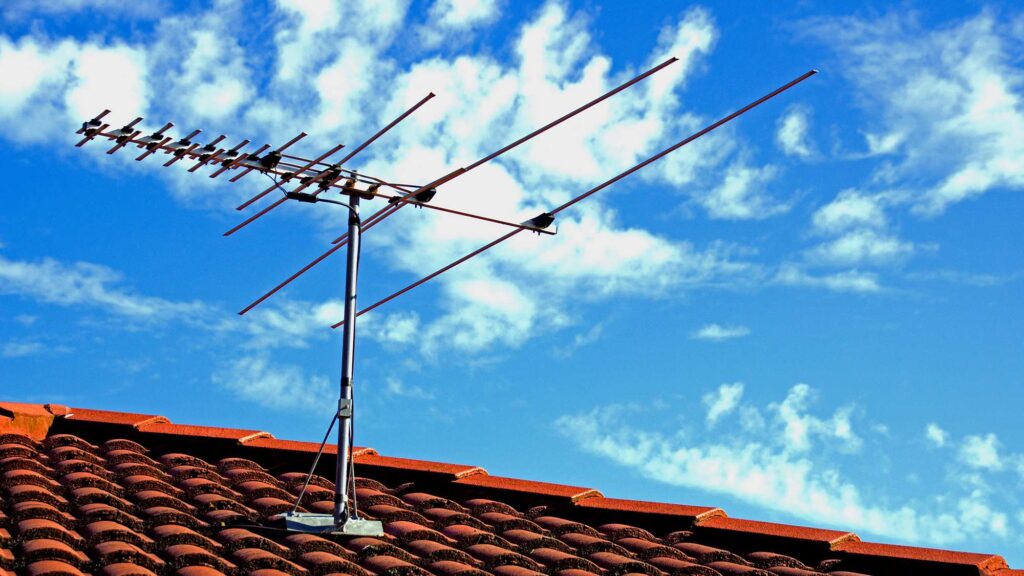
The antenna has a lifespan between 10 and 15 years, so this might be a likely cause for bad reception. While on the subject of antennas, broken or rusty parts are yet another painful problem to deal with.
Some even have missing parts that further add to the fire. But the most frustrating problem with your antenna is the fact that the people have installed it the wrong way. This goes for aerial TV installations as satellite TV goes only one way; up.
The most important thing when dealing with the antenna is to make sure it’s properly installed. The roof is a good place to install one, but there are others as well.
Just make sure that your antenna is in good condition and you’re good to go.
• Cables
Cables are pretty straightforward and the only problems occur if they’re twisted, cut, and in poor condition. Cables are some of the easiest parts to replace since they’re fairly inexpensive.
If you’re experiencing bad TV reception, then make sure to check if the cables are connected properly. If they are, then there are further e diagnostics you can do to uncover the problem.
One of the most problematic ways of how cables interfere with your reception is if they’re bent and not straight. Cables must go uninterruptedly when connecting to various sources, so simply track the length of the cable and see whether or not they’re bent.
You should also do some inspections to see whether they’re in good condition.
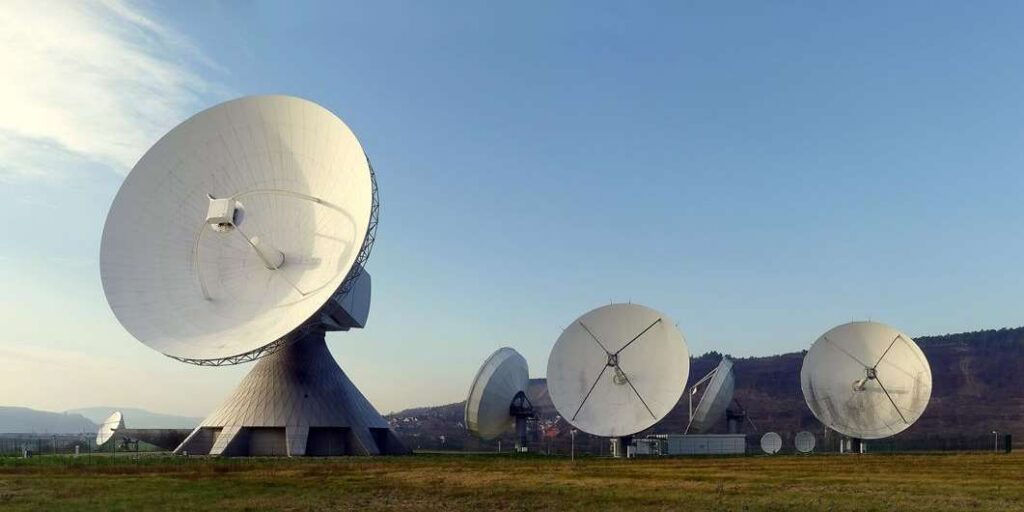
• Connection
We talked briefly about connection, but it is important, so let’s elaborate. You can’t watch TV if you have no connection between the antenna and receiver.
Regardless of how you watch TV, whether that’s satellite, aerial, or cable, you need to have a strong connection to watch your shows uninterruptedly.
So, the easiest way to check the connection is to simply determine whether your TV receiver is properly connected through the wall socket.
In all likelihood, a huge connection problem can be the improper installation of the satellite. That’s why you need to call the right people, such as aerialandsatelliteexpres, when installing satellite TV
• Receivers
Not every TV viewing option uses a receiver, but it is important to touch on it and elaborate none the less. When using a TV box receiver, you need to make sure that the unit is connected to the right frequency.
Each location has its frequency, and a huge signal problem is down to that. Other receiver problems include, again, potential damages done to the unit. If a receiver is badly damaged or has reached the end of its lifespan, then chances are you have to get a new one and replace it.
• Signal Boosters
Signal boosters are very helpful and convenient gadgets that effectively, boost the signal. These are more commonly known as amplifiers and are an absolute necessity when it comes to getting good TV reception.
However, there are a few ways how amplifiers work against you. Namely, if you somehow overload the amplifier, then you’ll experience signal receptions.
3. Ways To Avoid Problems
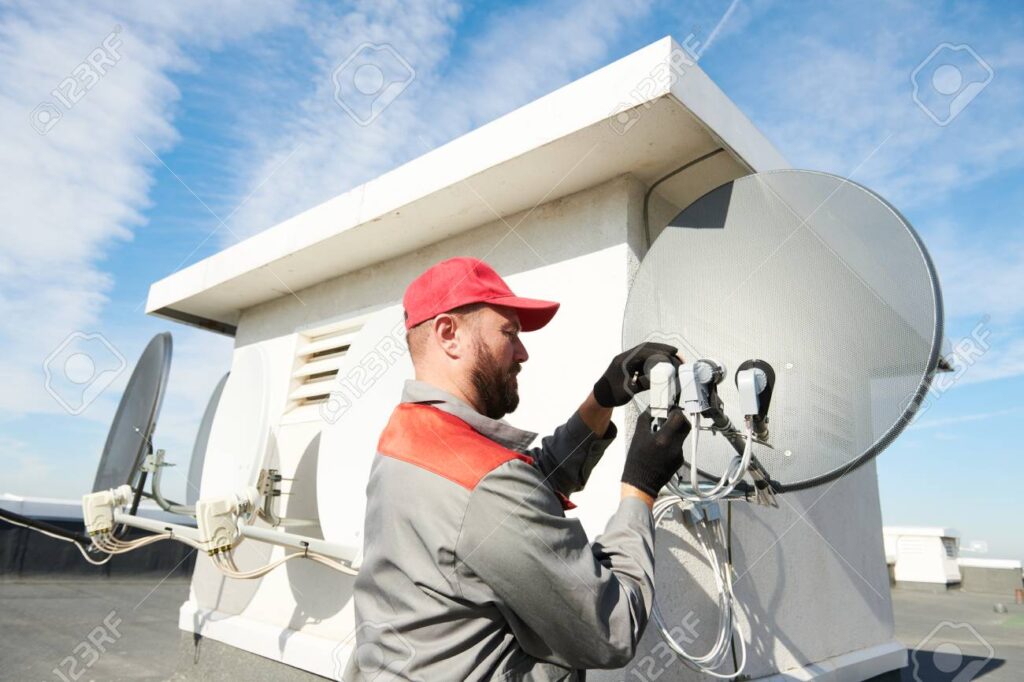
There is always a solution to a problem before you even encounter the problem itself. The easiest way to avoid any of these is to focus more on the entire installation process.
If you’re installing the satellite antenna all by yourself, then chances are you’ll do a poor job.
But if you hire the right people to do it for you, then you can kiss goodbye to any headaches when watching TV. The installation process is different for both aerial and satellite TV, so you should be careful if you do decide to install yourself.
There are a few things to keep in mind when installing all by yourself. In the case of aerial TV, you should always go higher and align the antenna with the nearest reception tower to get the best signal.
Installing a satellite dish is a different type of cookie, and you’ll want to call a bunch of friends to do so. Satellite dishes can range in size, and bigger ones do need some heavy lifting.
But if you choose to install a smaller dish, then the golden rules are as follows:
• Check the weather and never install during bad weather
• Gather all the tools and supplies needed for the job beforehand
• Take the day off as it will take you some time installing it
• Choose the location before buying the dish

